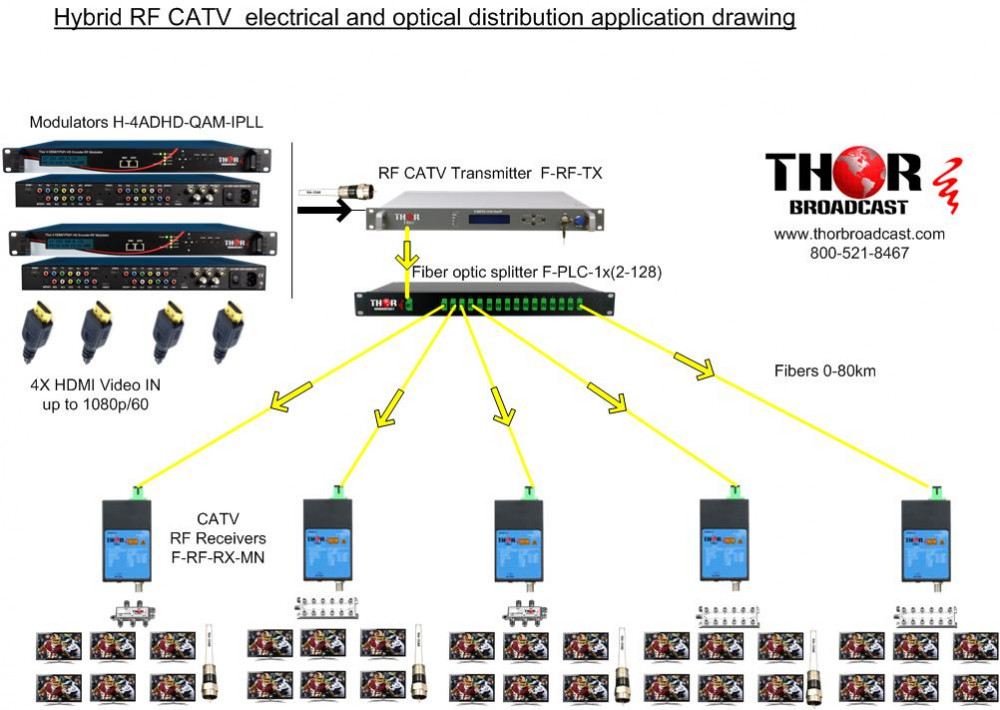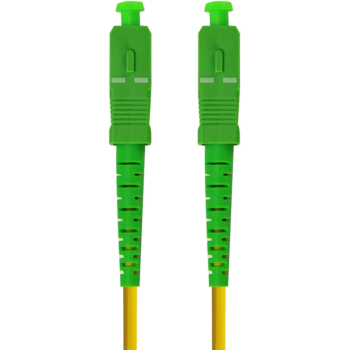 1 x 2 to 1 x 128 Fiber Optic Couplers
1 x 2 to 1 x 128 Fiber Optic Couplers
This device is a Compact LGX and Rack Mount Fiber Optical Splitter/Combiner/Coupler. This unit is a fiber optical splitter a passive optical device that can split, or separate an incident light beam into several light beams at a certain ratio.
 RF CATV Mini Optical Receiver
RF CATV Mini Optical Receiver
This Device is an Optical RF Mini receiver for converting Optical CATV RF signals sent from an RF Optical Transmitter back to electrical RF on coax. This unit will Pair with any directly modulated Optical RF transmitter for long-distance transport of TV signals.

 ES
ES









